Optimal Timing for Water Treatments
Water treatments are essential for maintaining water quality and safety in various applications. The timing of treatments can influence their effectiveness, ensuring contaminants are managed and water remains safe for consumption, recreation, or industrial use. Proper scheduling aligns with seasonal changes, water usage patterns, and specific water quality issues.
Water quality varies with seasons, often requiring treatments during spring and summer when algae blooms and runoff increase contaminants.
Conducting treatments before peak usage periods ensures water systems are prepared for increased demand and potential contamination.
Following heavy rains, water treatment may be necessary to address increased sediment and runoff pollutants.
Scheduling treatments during routine maintenance periods minimizes disruption and ensures consistent water quality.
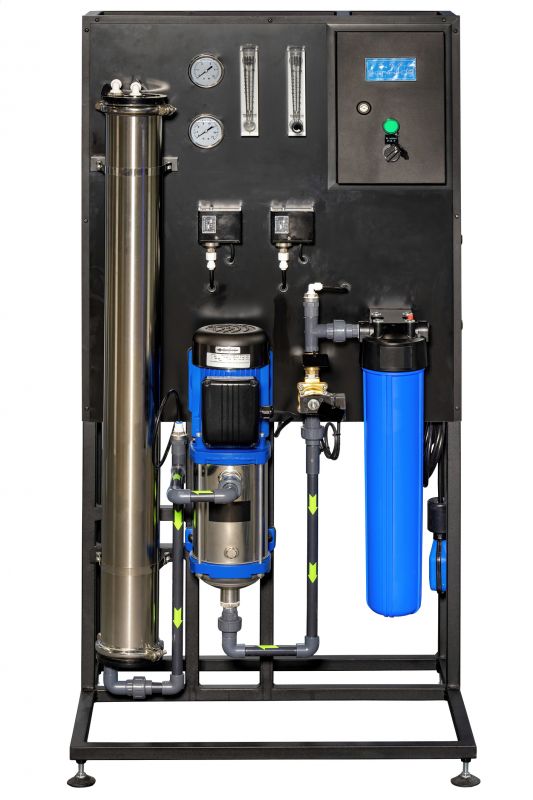
Advanced systems for effective water purification.
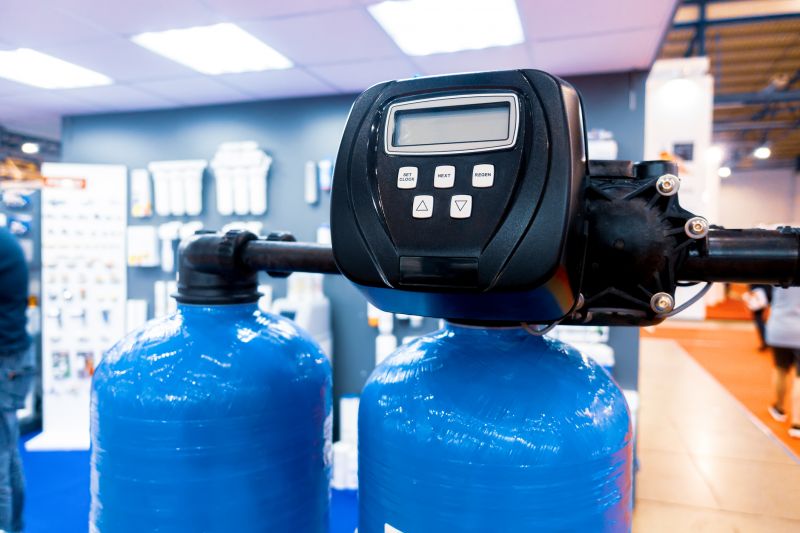
Application of chemicals to control contaminants.
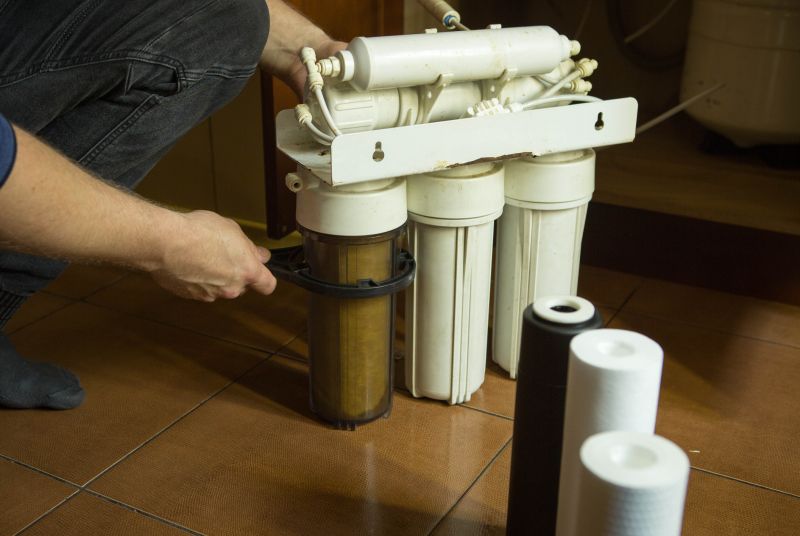
Removing particles and impurities from water.
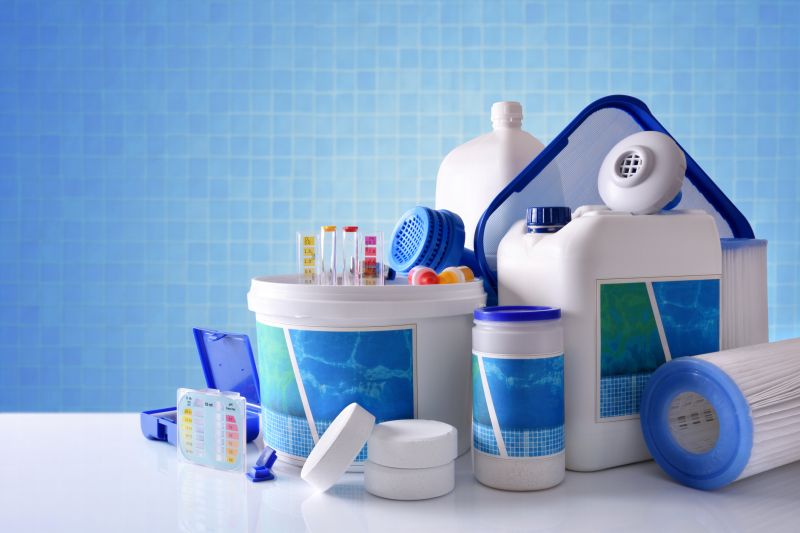
Analyzing water quality for optimal treatment timing.

Using UV or chlorination for pathogen control.
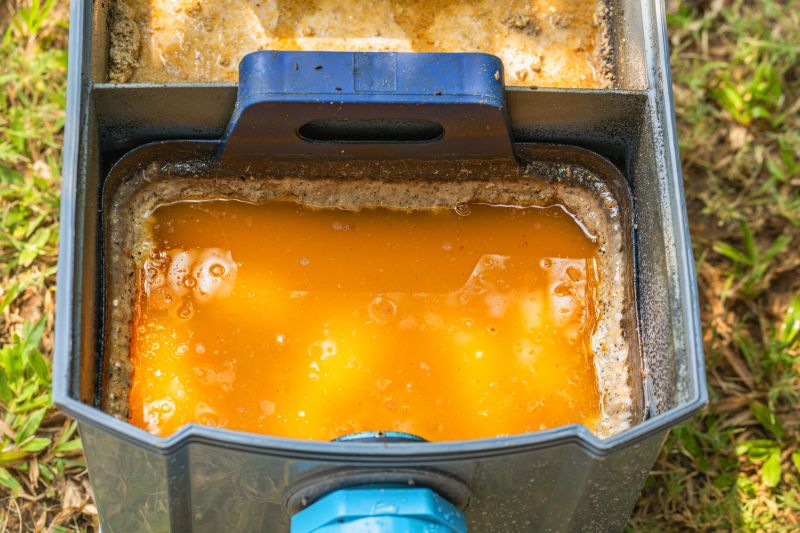
Settling tanks and clarifiers for sediment management.

Safe storage for treatment chemicals.
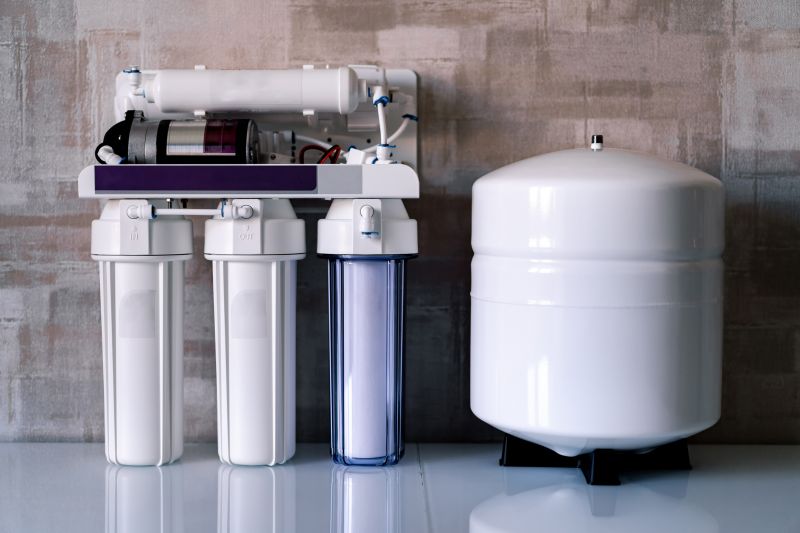
Complete facilities for water purification.
| Timing Aspect | Details |
|---|---|
| Spring | Preparatory treatments for algae control and runoff management. |
| Summer | Peak treatment periods due to increased biological activity. |
| Fall | Adjustments for changing water chemistry before cooler months. |
| Winter | Maintenance treatments to prevent freezing damage and microbial growth. |
| Post-Storm | Addressing sediment and pollutant influx after heavy rains. |
| Pre-Event | Treatments before events like swimming season or industrial use spikes. |
Water treatments encompass a variety of methods designed to improve water quality by removing contaminants, pathogens, and sediments. These treatments include chemical disinfection, filtration, sedimentation, and advanced purification technologies. Proper timing ensures these methods operate at peak efficiency, reducing health risks and maintaining water clarity and safety. Statistics indicate that timely treatments can reduce microbial contamination by over 99 percent and remove up to 95 percent of sediments, significantly improving water quality for consumers and industries.

State-of-the-art water purification plant.
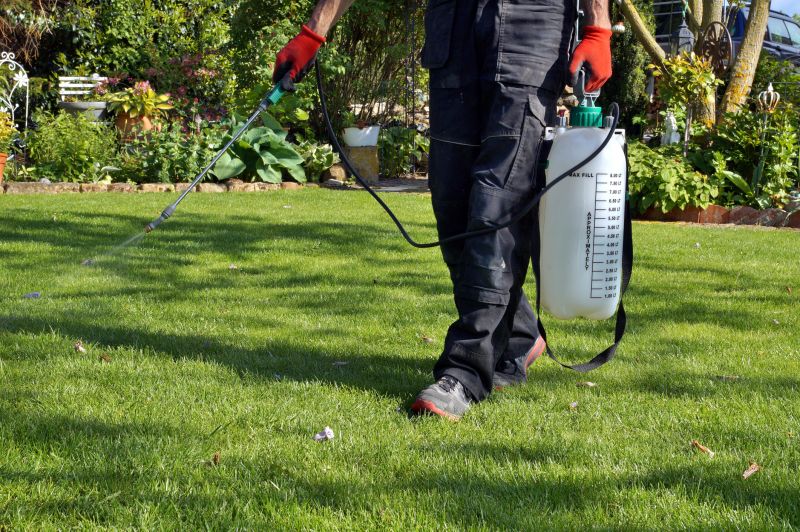
Precise dosing for effective treatment.
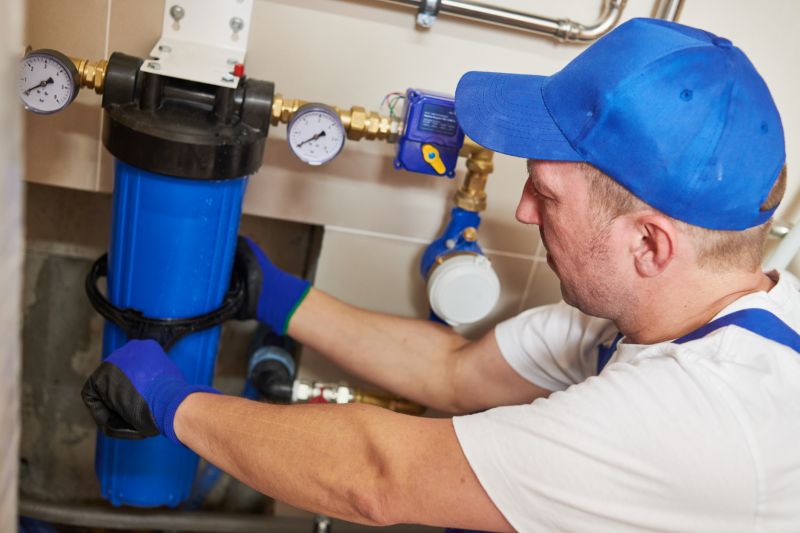
Continuous analysis for optimal timing.
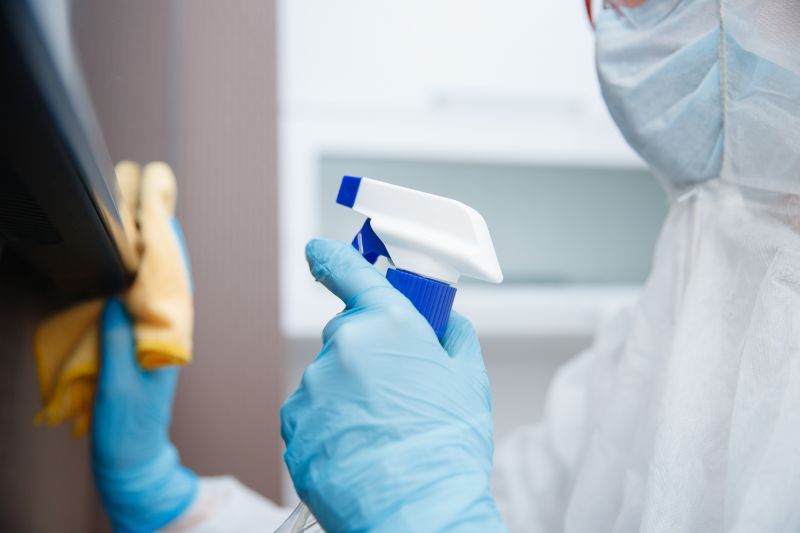
UV and chlorination systems for pathogen control.

Ways to make Water Treatments work in tight or awkward layouts.
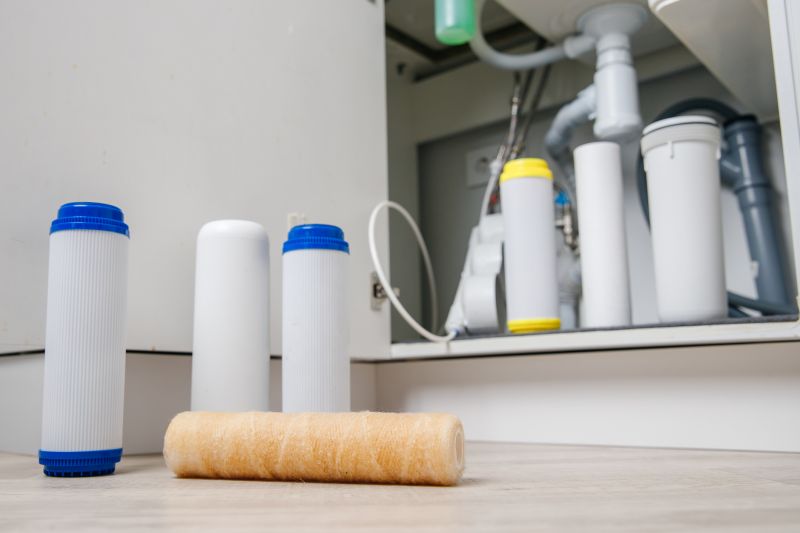
Popular materials for Water Treatments and why they hold up over time.
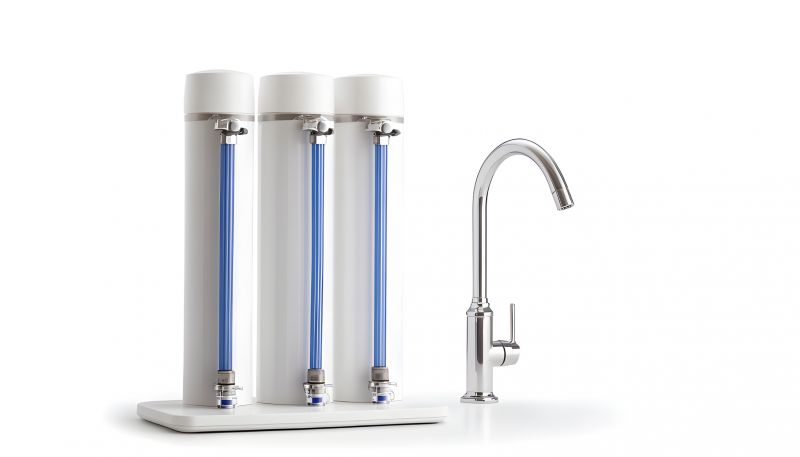
Simple add-ons that improve Water Treatments without blowing the budget.
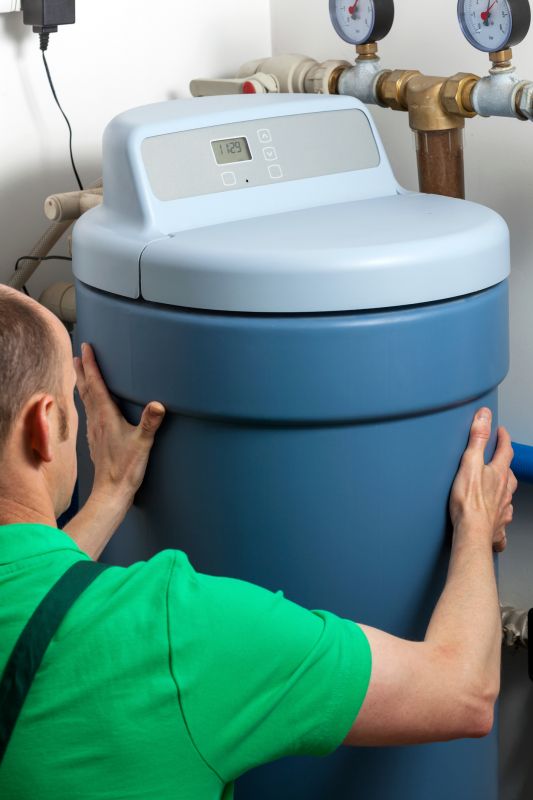
High-end options that actually feel worth it for Water Treatments.
Understanding the optimal timing for water treatments is crucial for ensuring water safety and quality. Regular testing and monitoring allow for responsive treatments that address specific issues as they arise. Timing also helps in managing operational costs and reducing unnecessary chemical use. For properties and facilities in Nokomis, Florida, aligning treatment schedules with seasonal and environmental factors ensures consistent water quality and compliance with health standards.
Interested in scheduling water treatments? Fill out the contact form to receive tailored advice and service options.

